Humphry Davy and George Stephenson both made important discoveries during the period we now call the Industrial Revolution.
Humphry Davy lived between 1778 and 1829.
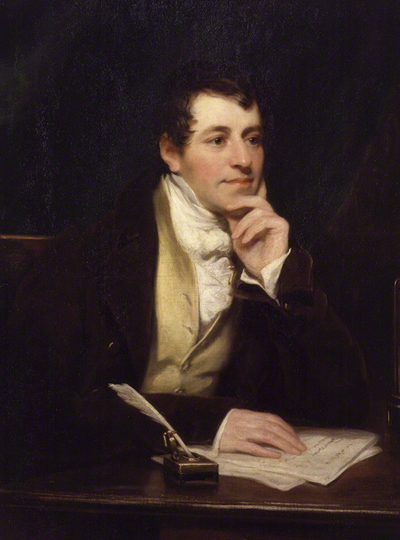
Davy was born in Penzance, in Cornwall, in the south-west of England.
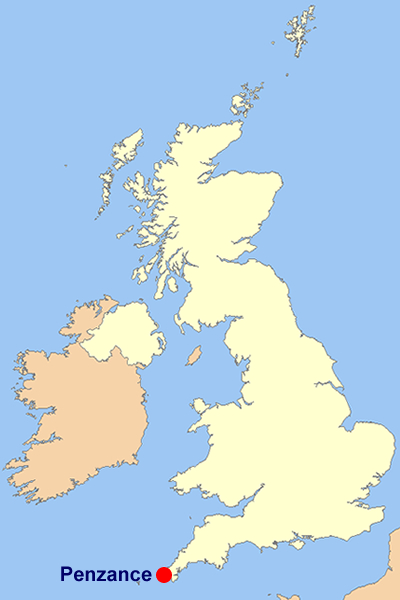
Davy’s family owned a small farm. His father, Robert, was a woodcarver. Davy was chosen to go to a grammar school, where he enjoyed reading, writing poems, and telling stories. Once, as a young boy, he made some fireworks with one of his sisters.
Davy worked as an apprentice for an apothecary-surgeon (a medical person, like a doctor), before going to London to work at the Royal Institution.
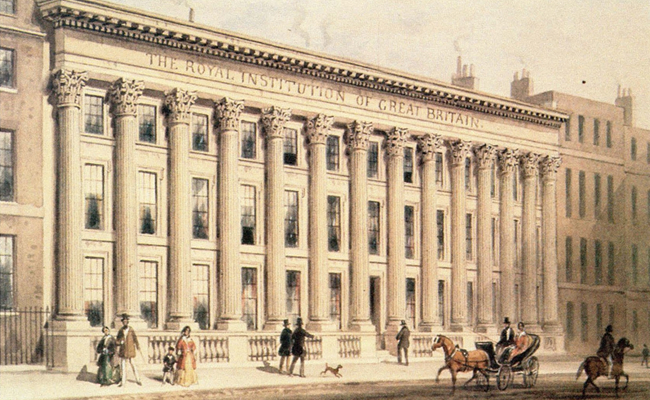
The Royal Institution, which still exists today, was a place where the best scientists in Britain worked. It had a laboratory, full of the best equipment, where the scientists could conduct experiments. Davy carried out many experiments there during the years 1801-12, and made many new and useful scientific discoveries. He had other scientists working around him. He discussed his work with them, and published reports of what he had discovered. The Prince Regent (a very important person, like the Queen today) knew all about Davy’s discoveries, and rewarded him by making him a knight: after that time, he was known as Sir Humphry Davy.
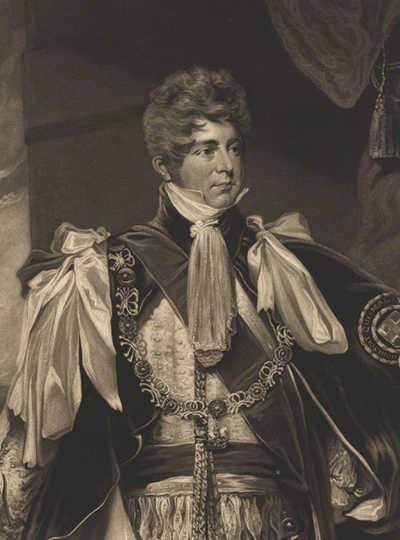
In 1815, Davy was asked to come up with a solution to the problem caused by explosions in mines, such as that which caused the Felling Colliery Disaster, when ninety-two miners were killed. Davy was asked to help because lots of people knew that he was good at making scientific discoveries.
George Stephenson lived between 1781 and 1848.
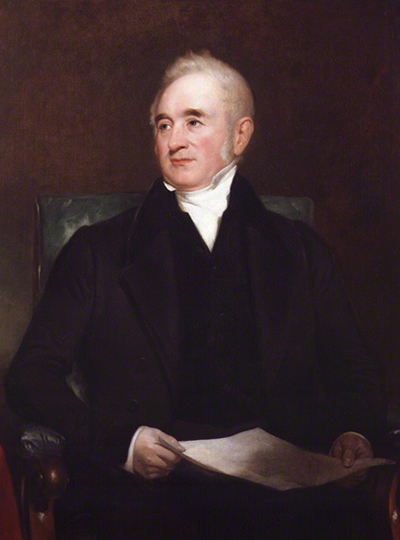
Stephenson was born in Wylam, in Northumberland, in the north-east of England.
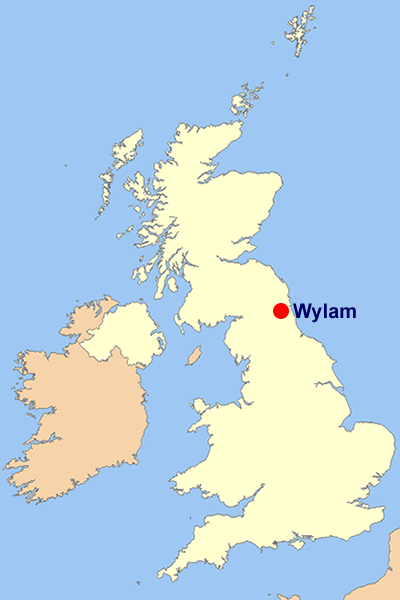
Stephenson’s family lived in a small cottage in a mining village. His father, Robert, worked with engines at a colliery (coal mine). Stephenson did not go to school; in fact, he could not read or write until he was eighteen years old. He taught himself to read and write in the evenings, after he had been at work all day.
Stephenson had several jobs when he was a boy and a young man. To begin with, he looked after cows, and did other farm work. When he was a little older, he worked at the colliery where his father worked, picking stones out of the coal that had been dug up out of the ground. Eventually, Stephenson got a job working with the engines at Killingworth Colliery, in the north-east of England.
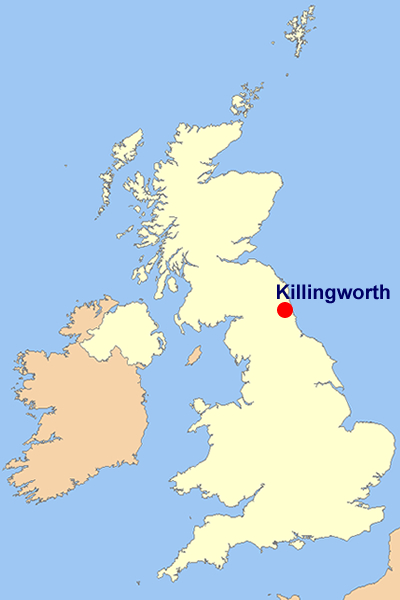
Stephenson was very good at working with engines. To make more money after his day’s work at the colliery, he sometimes repaired clocks and watches at home, and repaired and made shoes. When working at the colliery, Stephenson came up with the idea of using steam power instead of horse power to transport the coal that had been dug up from the mine to the river boats that took the coal away. He designed and built the first steam locomotive (an engine on wheels that ran on rails) in 1814. Stephenson’s locomotive was called Blücher. Stephenson’s locomotive was one of the very first trains.
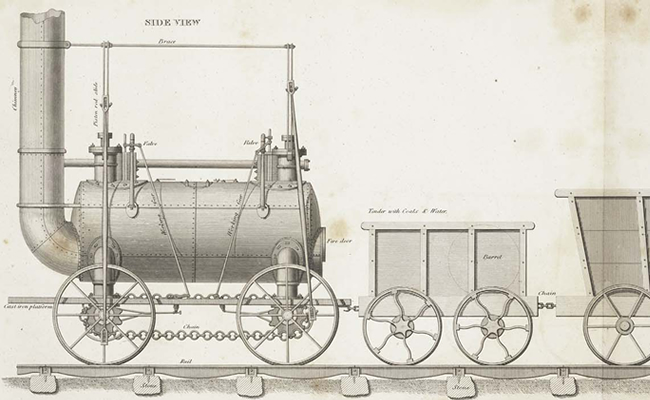
In 1815, Stephenson was working at Killingworth Colliery, being paid to make the business of coal mining more efficient. He was an engineer, and spent his days working with other engineers and miners. Stephenson knew very well the problem caused by explosions in mines: he spent his life living near and working at collieries.
Both Davy and Stephenson wanted to make coal mining safer, to prevent terrible accidents such as the Felling Colliery Disaster from happening again in future.
Click here to go to the next section
